Home>Gardening & Outdoor>Landscaping Ideas>How To Grow Grass In Sandy Florida Soil
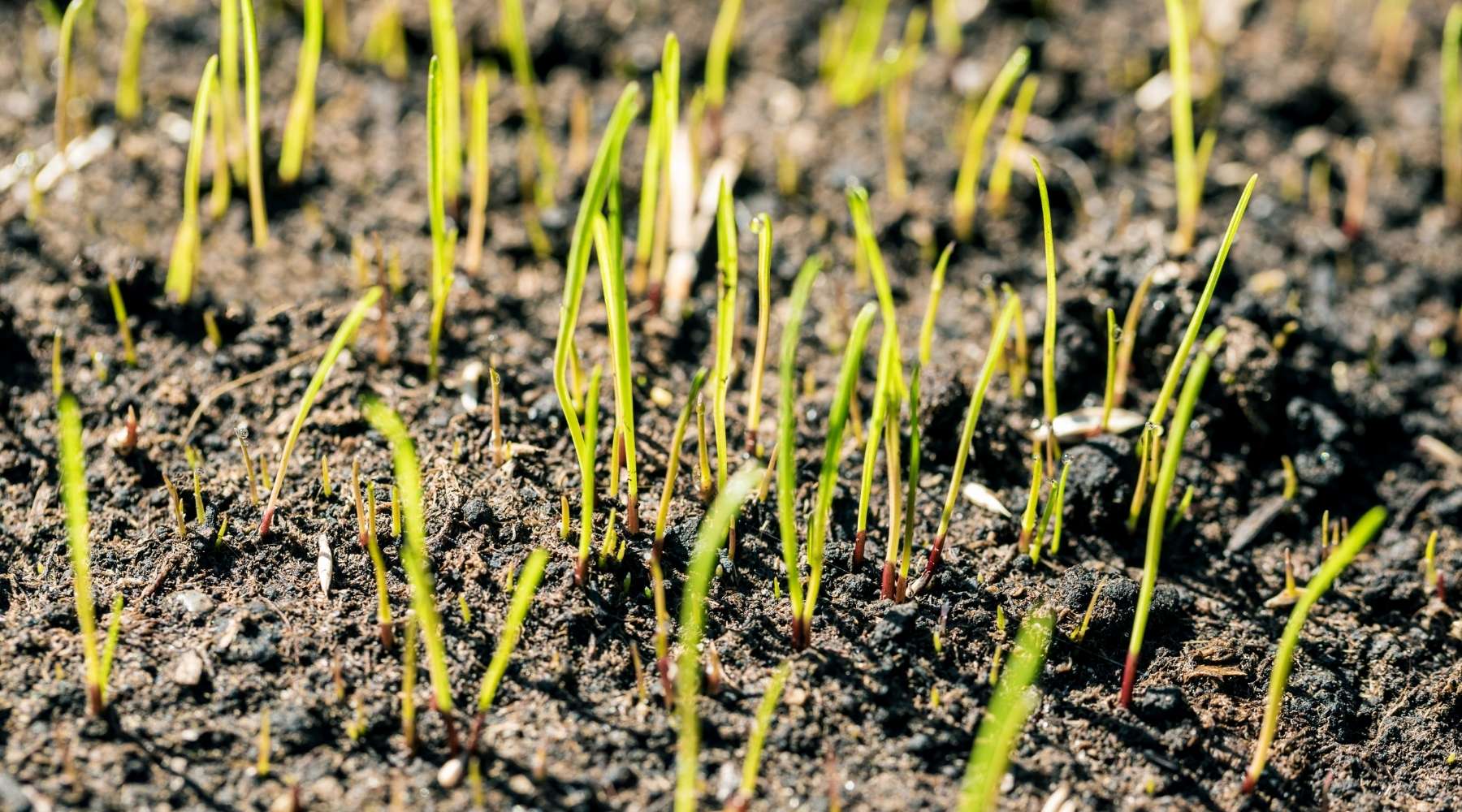

Landscaping Ideas
How To Grow Grass In Sandy Florida Soil
Modified: February 18, 2024
Learn effective landscaping ideas for growing grass in sandy Florida soil. Discover expert tips and techniques to achieve a lush, green lawn.
(Many of the links in this article redirect to a specific reviewed product. Your purchase of these products through affiliate links helps to generate commission for Storables.com, at no extra cost. Learn more)
Introduction
Welcome to the sunshine state, where the sandy soil and warm climate create a unique environment for landscaping. Florida's sandy soil presents both challenges and opportunities for growing lush, healthy grass. Whether you're a homeowner or a landscaping professional, understanding the intricacies of cultivating grass in sandy Florida soil is essential for achieving a vibrant and resilient lawn.
In this comprehensive guide, we will delve into the nuances of sandy Florida soil and explore the best practices for selecting, planting, and maintaining grass in this distinctive environment. By the end of this article, you will be equipped with the knowledge and insights to transform your sandy yard into a verdant oasis.
Let's embark on this green-fingered journey and unlock the secrets to successful grass cultivation in sandy Florida soil.
Key Takeaways:
- Choose Bahia or Zoysia grass for sandy Florida soil. Prepare soil with organic amendments, pH adjustment, and erosion control. Plant and maintain with strategic timing, irrigation, and fertilization for a lush lawn.
- Understand sandy Florida soil to grow healthy grass. Tailor grass selection, soil preparation, and maintenance to the unique soil characteristics. Embrace patience and attentiveness for enduring success.
Read more: What Grass Grows In Sandy Soil
Understanding Sandy Florida Soil
Florida is renowned for its sandy soil, a characteristic that significantly influences the state's landscape and agricultural practices. Sandy soil is composed of large particles with ample space between them, allowing for rapid drainage and aeration. While these qualities can benefit certain plants, they also pose challenges for growing grass, as sandy soil tends to have low water and nutrient retention.
In Florida, the sandy soil is often acidic, which can impact the availability of essential nutrients for plant growth. Understanding the composition and properties of sandy soil is crucial for implementing effective strategies to foster healthy grass. Knowing the pH level, nutrient content, and water retention capacity of the soil is fundamental to making informed decisions when selecting grass species and implementing soil amendments.
Furthermore, the sandy nature of Florida soil makes it susceptible to erosion, especially during heavy rainfall or irrigation. This erosion can lead to the loss of topsoil and vital nutrients, further exacerbating the challenges of maintaining a thriving lawn. As a result, erosion control measures and soil stabilization techniques are essential components of sustainable grass management in sandy Florida soil.
By gaining a deeper understanding of the unique characteristics and behaviors of sandy Florida soil, you can tailor your approach to grass cultivation and create an environment where grass can flourish despite the inherent challenges posed by this soil type.
Choosing the Right Grass for Sandy Florida Soil
When it comes to cultivating a resilient and visually appealing lawn in sandy Florida soil, selecting the appropriate grass species is paramount. Not all grass varieties are well-suited to the distinctive characteristics of sandy soil, making informed choices essential for long-term success.
Two types of grass, in particular, have demonstrated remarkable adaptability to sandy Florida soil: Bahia grass and Zoysia grass. Bahia grass, known for its exceptional drought tolerance and durability, thrives in the sandy, acidic conditions prevalent in Florida. Its deep root system enables it to withstand periods of limited rainfall, making it an excellent choice for homeowners seeking a low-maintenance, resilient grass variety.
Zoysia grass, on the other hand, offers a more refined aesthetic appeal while maintaining robustness in sandy soil. With its dense growth pattern and tolerance to foot traffic, Zoysia grass is well-suited for lawns and recreational areas. Additionally, its moderate water requirements make it an attractive option for Florida homeowners looking to conserve water without compromising on the lushness of their lawn.
It is essential to consider the specific requirements of each grass species, including sunlight exposure, water needs, and maintenance demands, before making a selection. By choosing a grass variety that aligns with the unique characteristics of sandy Florida soil, you can establish a foundation for a healthy and vibrant lawn.
Furthermore, consulting with local landscaping professionals or extension offices can provide valuable insights into the most suitable grass species for your specific location within Florida. Their expertise and familiarity with the local soil and climate conditions can guide you toward the optimal choice for your lawn.
By carefully evaluating the attributes of different grass species and considering their compatibility with sandy Florida soil, you can lay the groundwork for a flourishing lawn that enhances the beauty of your outdoor space.
Preparing the Soil for Grass Growth
Before embarking on the journey of planting grass in sandy Florida soil, it is essential to prepare the ground adequately to create an environment conducive to healthy grass growth. Given the unique characteristics of sandy soil, proper soil preparation is critical for maximizing the potential for a thriving lawn.
One of the primary considerations when preparing sandy Florida soil for grass growth is addressing its low nutrient and organic matter content. Amending the soil with organic materials such as compost, well-rotted manure, or peat moss can enhance its fertility and improve its capacity to retain moisture and essential nutrients. Incorporating these organic amendments into the soil helps mitigate the inherent challenges of sandy soil, providing a more favorable substrate for grass establishment.
Soil testing is another crucial step in soil preparation, as it allows for the assessment of the soil’s pH levels and nutrient composition. Based on the test results, appropriate amendments can be applied to optimize the soil conditions for grass growth. Additionally, the incorporation of lime may be necessary to adjust the soil pH and create a more hospitable environment for the selected grass species.
Furthermore, addressing soil compaction is vital for promoting healthy root development and ensuring effective water infiltration. Aerating the soil using core aerators or other suitable tools helps alleviate compaction and improves the soil’s ability to absorb water, fostering robust root growth and overall grass health.
Implementing erosion control measures, such as installing erosion barriers or utilizing erosion-resistant ground covers, is essential for safeguarding the soil from the detrimental effects of erosion. These measures help maintain the integrity of the soil structure and prevent the loss of topsoil, preserving the essential nutrients and organic matter necessary for sustained grass growth.
By diligently preparing the sandy Florida soil through organic amendments, pH adjustment, soil aeration, and erosion control, you can establish an optimal foundation for successful grass growth. This proactive approach sets the stage for a resilient and lush lawn that can withstand the challenges inherent to sandy soil and thrive in Florida’s unique environment.
Choose a grass variety that is well-suited for sandy soil, such as Bermuda or Zoysia grass. Amend the soil with organic matter like compost to improve its water retention and nutrient levels. Water deeply but infrequently to encourage deep root growth.
Planting and Seeding Grass in Sandy Florida Soil
Once the soil has been appropriately prepared, the next crucial step in establishing a vibrant lawn in sandy Florida soil is the planting and seeding of the chosen grass species. Whether you opt for sod installation or seed sowing, careful attention to planting techniques and timing is essential for ensuring successful grass establishment and long-term resilience.
For homeowners seeking an expedited lawn establishment process, sod installation presents an attractive option. Sod, which consists of pre-grown grass that is transplanted onto prepared soil, provides an instant green carpet and accelerates the transformation of your outdoor space. When laying sod in sandy Florida soil, it is vital to ensure proper soil contact and adequate irrigation to facilitate root establishment and seamless integration with the underlying soil.
Alternatively, seeding grass directly into the prepared soil offers a cost-effective and versatile approach to lawn establishment. When seeding in sandy Florida soil, it is crucial to select high-quality grass seed that aligns with the soil and climate conditions of the region. Additionally, employing a seed spreader can help achieve uniform coverage and promote consistent germination, setting the stage for a lush and uniform lawn.
Timing plays a pivotal role in the success of planting and seeding grass in sandy Florida soil. Optimal planting seasons, typically during the cooler months, provide favorable conditions for grass establishment, allowing the roots to develop and strengthen before facing the rigors of the hot and often dry Florida summers. By aligning the planting or seeding activities with the appropriate seasonal windows, you can maximize the grass’s potential for healthy growth and resilience.
After planting or seeding, diligent irrigation is essential to support the initial stages of grass establishment. Adequate and consistent moisture levels are critical for enabling the seeds to germinate or the sod to root effectively in the sandy soil. Monitoring the soil moisture and adjusting the irrigation regimen based on the specific needs of the grass species and prevailing weather conditions is pivotal for nurturing strong and resilient grass growth.
By implementing proper planting and seeding practices, in conjunction with strategic timing and attentive irrigation, you can set the stage for the successful establishment of grass in sandy Florida soil. These foundational efforts lay the groundwork for a verdant and inviting lawn that enhances the beauty of your outdoor environment.
Read more: How To Make Grass Grow In Sandy Soil
Watering and Fertilizing Grass in Sandy Florida Soil
Effective watering and fertilization practices are essential components of nurturing healthy and vibrant grass in the sandy soil of Florida. The unique characteristics of sandy soil, including rapid drainage and low nutrient retention, necessitate a strategic approach to irrigation and fertilization to support robust grass growth and sustainability.
Watering plays a pivotal role in maintaining optimal soil moisture levels for grass in sandy Florida soil. Due to the fast-draining nature of sandy soil, frequent and consistent irrigation is necessary, especially during periods of limited rainfall. Deep, infrequent watering sessions encourage the development of deep and resilient root systems, enabling the grass to withstand the challenges of Florida’s climate and soil conditions. Implementing an irrigation schedule that aligns with the specific water needs of the chosen grass species and accounting for seasonal variations is crucial for sustaining healthy grass growth.
Applying a balanced and appropriate fertilizer regimen is vital for compensating for the low nutrient retention capacity of sandy Florida soil. Slow-release fertilizers tailored to the nutritional requirements of the selected grass species can provide sustained nourishment, promoting vigorous growth and resilience. Regular soil testing can guide the formulation of a customized fertilization plan, ensuring that the grass receives essential nutrients while mitigating the risk of nutrient leaching in the sandy soil.
Furthermore, incorporating organic fertilizers and soil conditioners, such as compost or organic matter, can enhance the soil’s fertility and structure, fostering improved nutrient retention and microbial activity. These organic amendments contribute to the long-term health of the soil and support the development of a robust and resilient grass ecosystem.
Maintaining a proactive approach to watering and fertilizing grass in sandy Florida soil is essential for sustaining a lush and thriving lawn. By tailoring the irrigation and fertilization practices to the unique attributes of sandy soil and the specific requirements of the chosen grass species, you can nurture a resilient and visually appealing lawn that enhances the outdoor landscape.
Maintaining and Caring for Grass in Sandy Florida Soil
Once the grass has been successfully established in sandy Florida soil, ongoing maintenance and care are essential for preserving its health and vibrancy. The unique characteristics of sandy soil, including rapid drainage and low nutrient retention, necessitate tailored maintenance practices to ensure the long-term resilience and lushness of the lawn.
Regular mowing is a fundamental aspect of grass maintenance in sandy Florida soil. Adjusting the mower height to the recommended range for the specific grass species prevents stress and promotes healthy growth. Additionally, leaving grass clippings on the lawn after mowing can contribute valuable organic matter and nutrients to the sandy soil, supporting the grass’s nutritional needs and overall vitality.
Aeration is a beneficial practice for alleviating soil compaction and enhancing water and nutrient penetration in sandy soil. Core aeration, performed at appropriate intervals, promotes robust root development and improves the soil’s capacity to support healthy grass growth. By addressing soil compaction, aeration fosters a conducive environment for the grass to thrive despite the inherent challenges of sandy soil.
Regular monitoring of soil moisture levels is crucial for adjusting the irrigation regimen to meet the specific water needs of the grass and mitigate the rapid drainage characteristic of sandy soil. Implementing efficient irrigation practices, such as watering during the early morning hours to minimize evaporation, supports the grass’s hydration requirements while conserving water in the sandy environment.
Integrated pest management and proactive weed control are essential components of caring for grass in sandy Florida soil. Monitoring for signs of pest infestations and addressing them promptly, preferably through environmentally friendly methods, safeguards the grass from potential damage and promotes its long-term health. Similarly, employing targeted weed control measures helps preserve the integrity and aesthetics of the lawn in the face of weed encroachment.
By embracing a holistic approach to maintenance and care, tailored to the distinctive characteristics of sandy Florida soil, you can nurture a resilient and visually captivating lawn. Consistent attention to mowing, aeration, irrigation, and pest and weed management fosters a healthy grass ecosystem that thrives despite the challenges posed by the sandy soil, enhancing the beauty and appeal of your outdoor space.
Conclusion
Cultivating a lush and resilient lawn in the sandy soil of Florida is a rewarding endeavor that requires a thoughtful and informed approach. By understanding the unique characteristics of sandy soil and implementing tailored strategies for grass selection, soil preparation, planting, and ongoing maintenance, you can transform your outdoor space into a vibrant oasis of greenery and natural beauty.
Choosing the right grass species, such as Bahia grass or Zoysia grass, that aligns with the specific attributes of sandy Florida soil sets the stage for successful lawn establishment and long-term sustainability. Through diligent soil preparation, including organic amendments, pH adjustment, and erosion control, you can create an optimal environment for healthy grass growth despite the challenges posed by sandy soil.
Strategic planting and seeding techniques, coupled with attentive watering and fertilization practices, contribute to the establishment and maintenance of a resilient and visually appealing lawn. Ongoing care, encompassing mowing, aeration, irrigation management, and pest and weed control, ensures the health and vibrancy of the grass in the face of the unique soil conditions prevalent in Florida.
Embracing the intricacies of sandy Florida soil and leveraging tailored approaches to grass cultivation and maintenance empowers you to create an outdoor landscape that exudes natural charm and vitality. By nurturing a thriving lawn in sandy soil, you can enhance the aesthetic appeal of your property while fostering a welcoming and rejuvenating outdoor environment for leisure and relaxation.
As you embark on the journey of growing grass in sandy Florida soil, remember that patience, attentiveness, and a deep understanding of the soil and grass dynamics are key to achieving enduring success. With the knowledge and insights gained from this guide, you are well-equipped to embark on this green-fingered adventure and witness the transformation of your sandy yard into a flourishing haven of natural beauty.
Frequently Asked Questions about How To Grow Grass In Sandy Florida Soil
Was this page helpful?
At Storables.com, we guarantee accurate and reliable information. Our content, validated by Expert Board Contributors, is crafted following stringent Editorial Policies. We're committed to providing you with well-researched, expert-backed insights for all your informational needs.
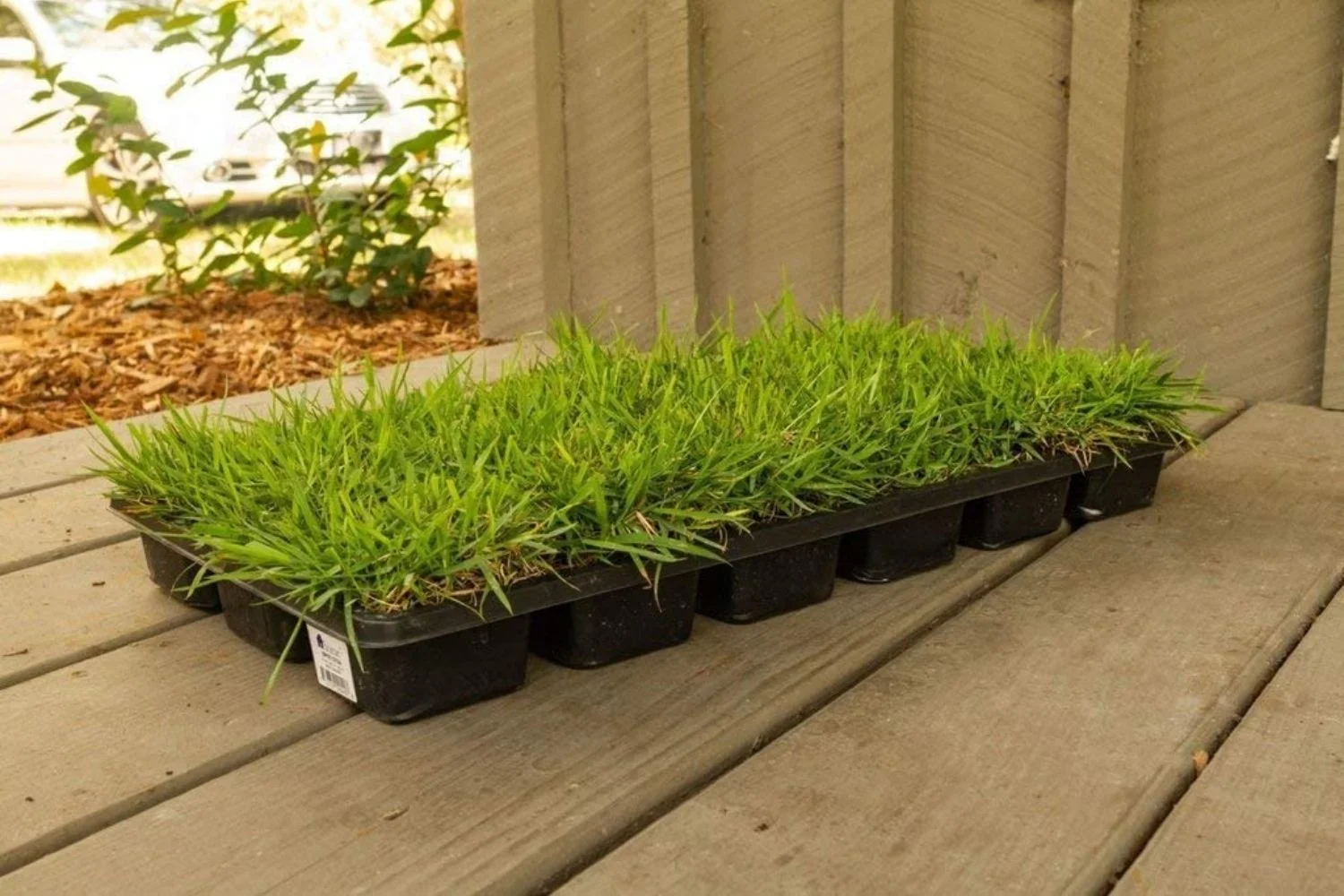
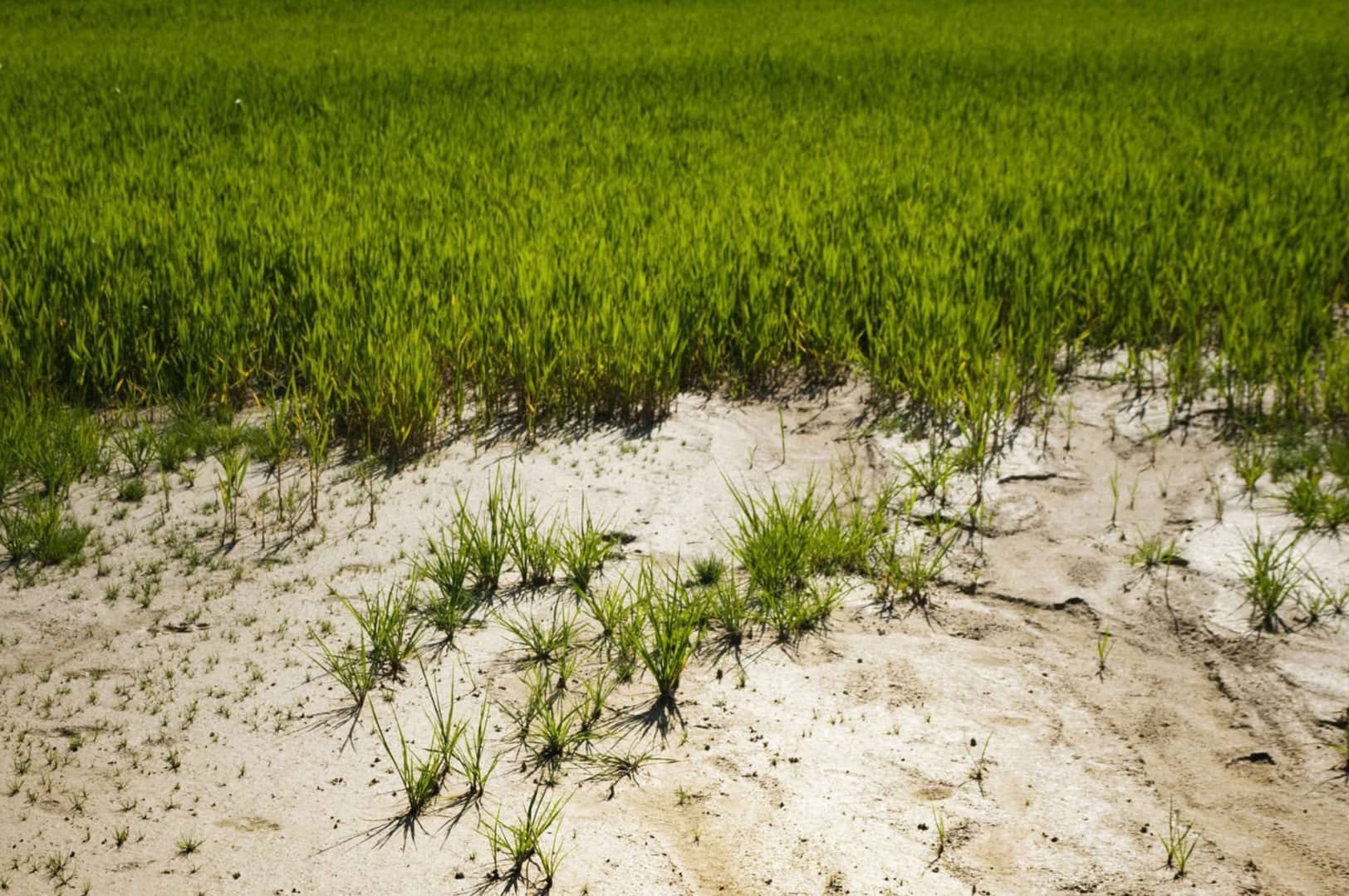
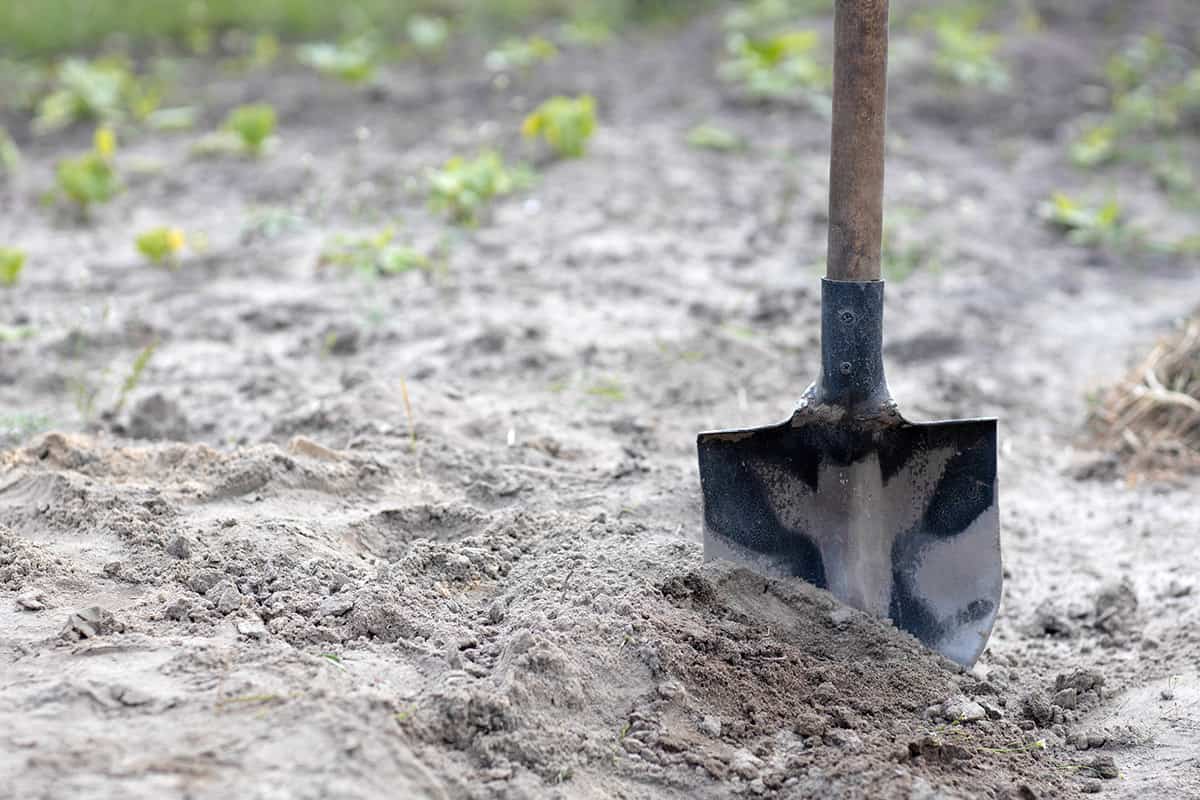

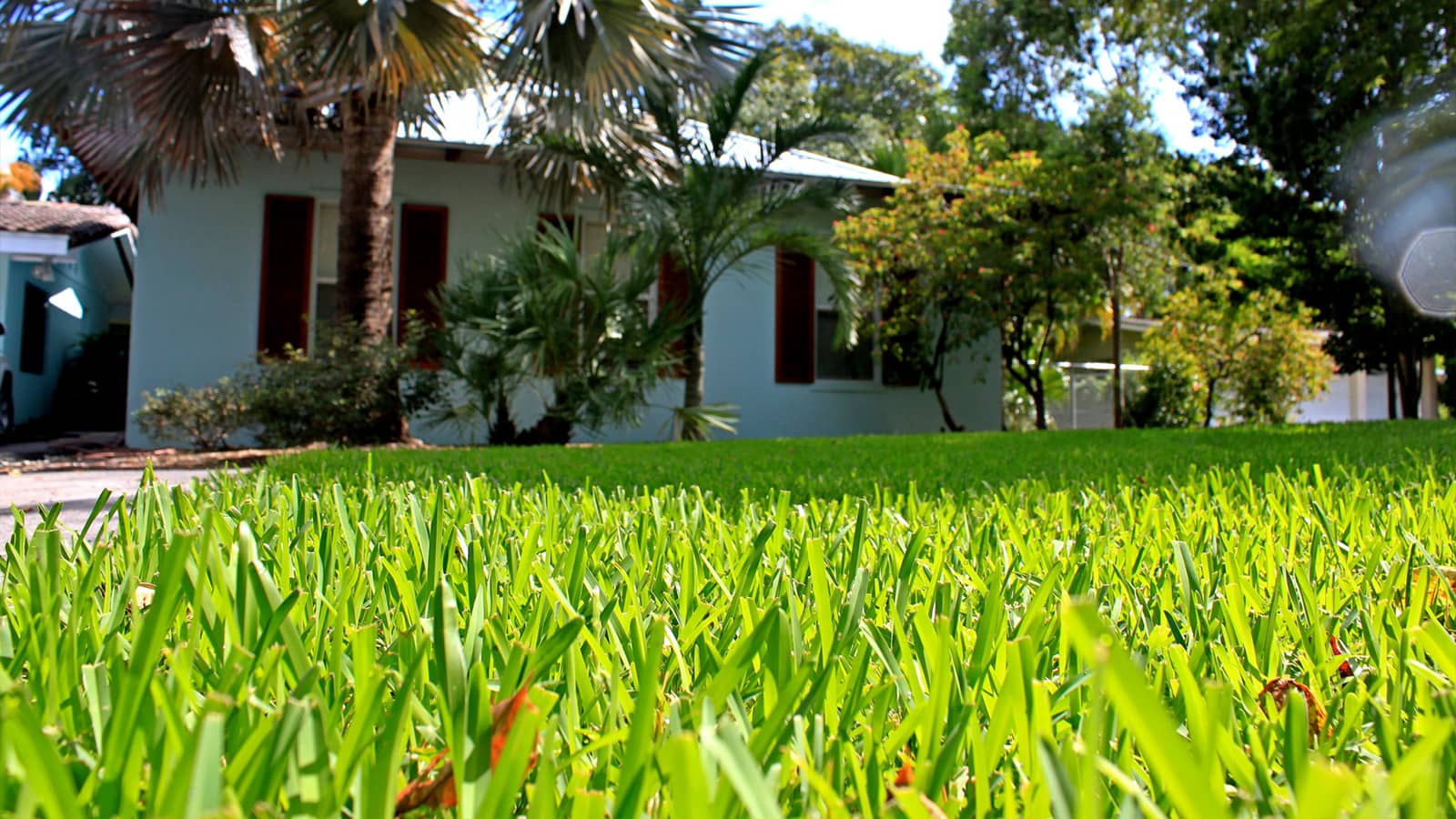
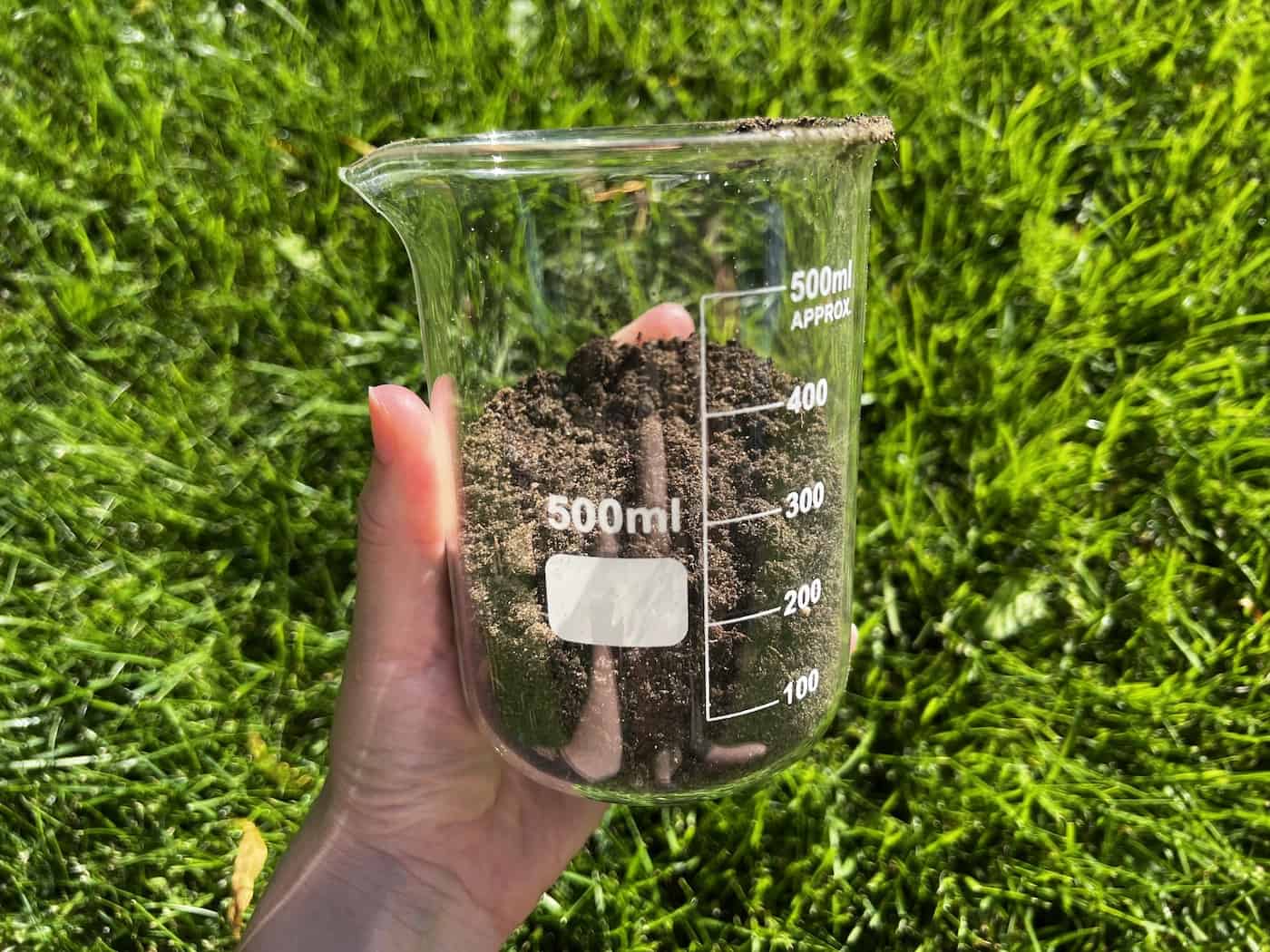
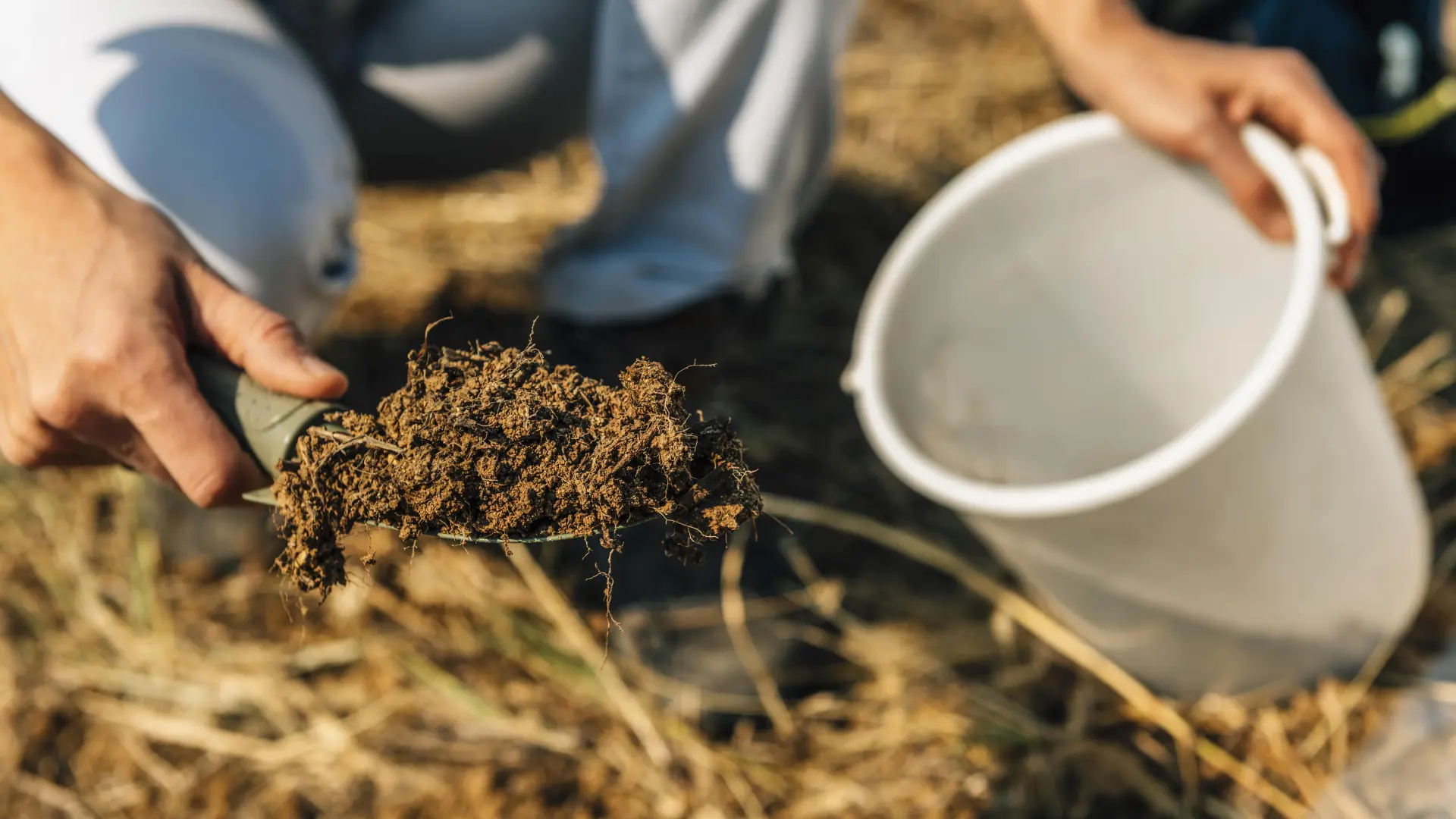
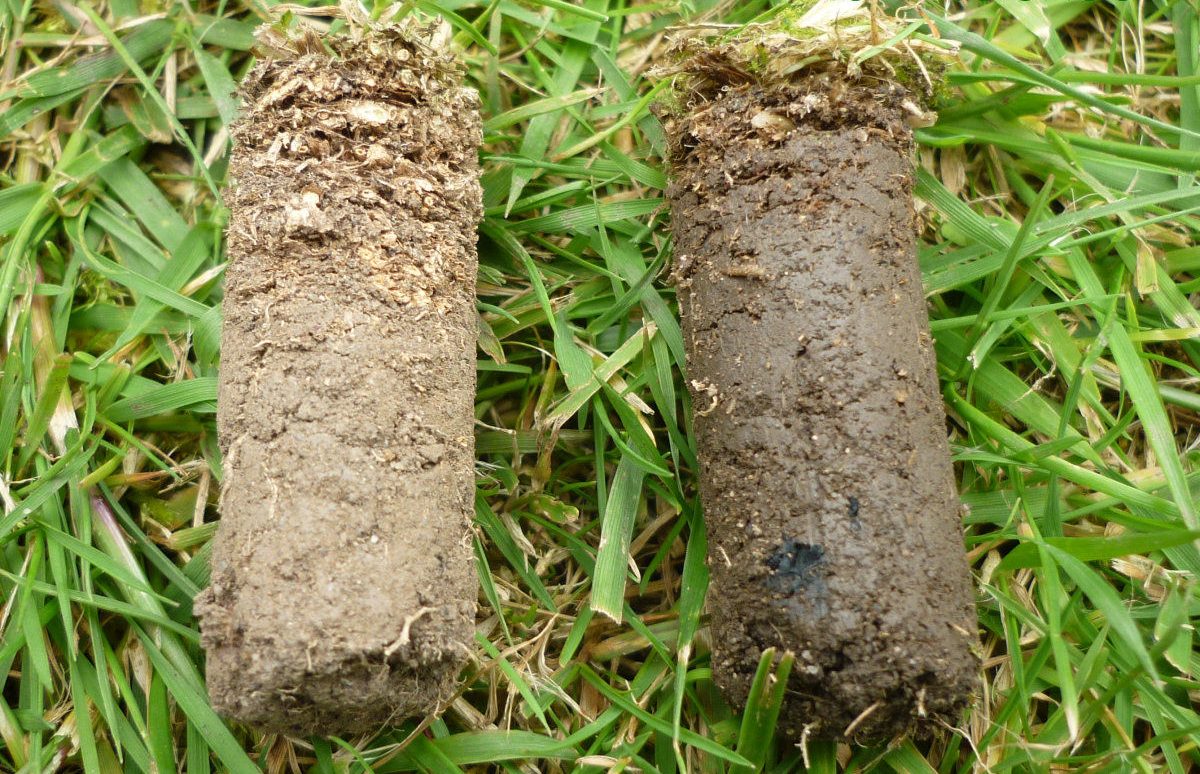
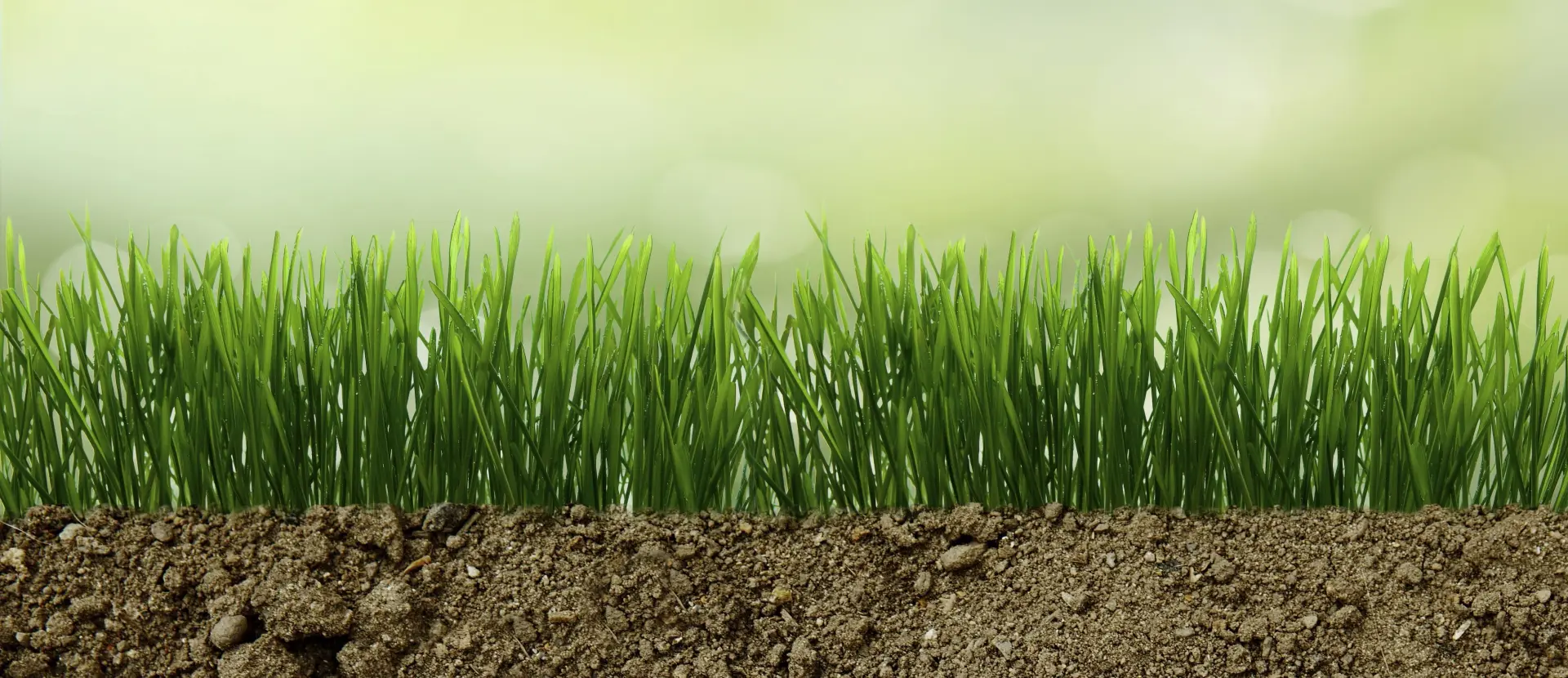


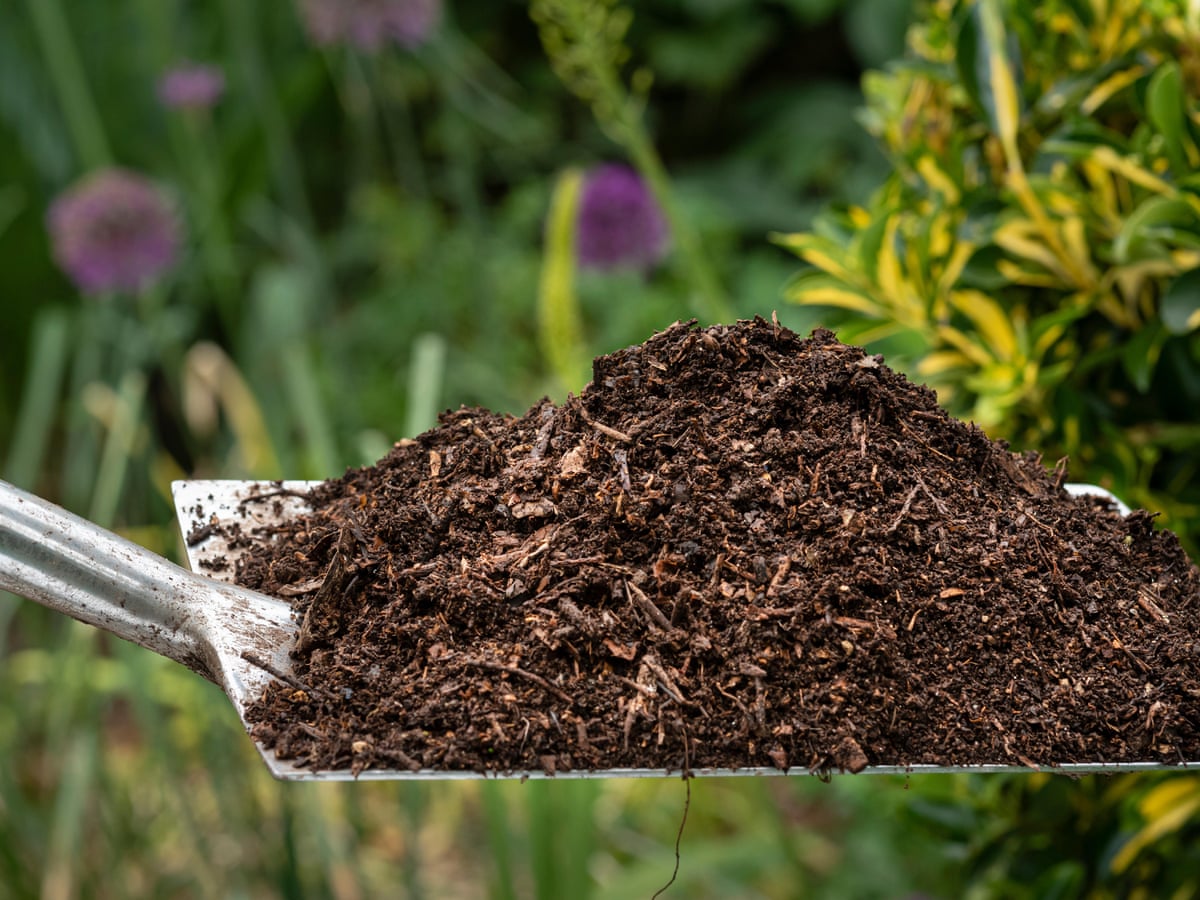
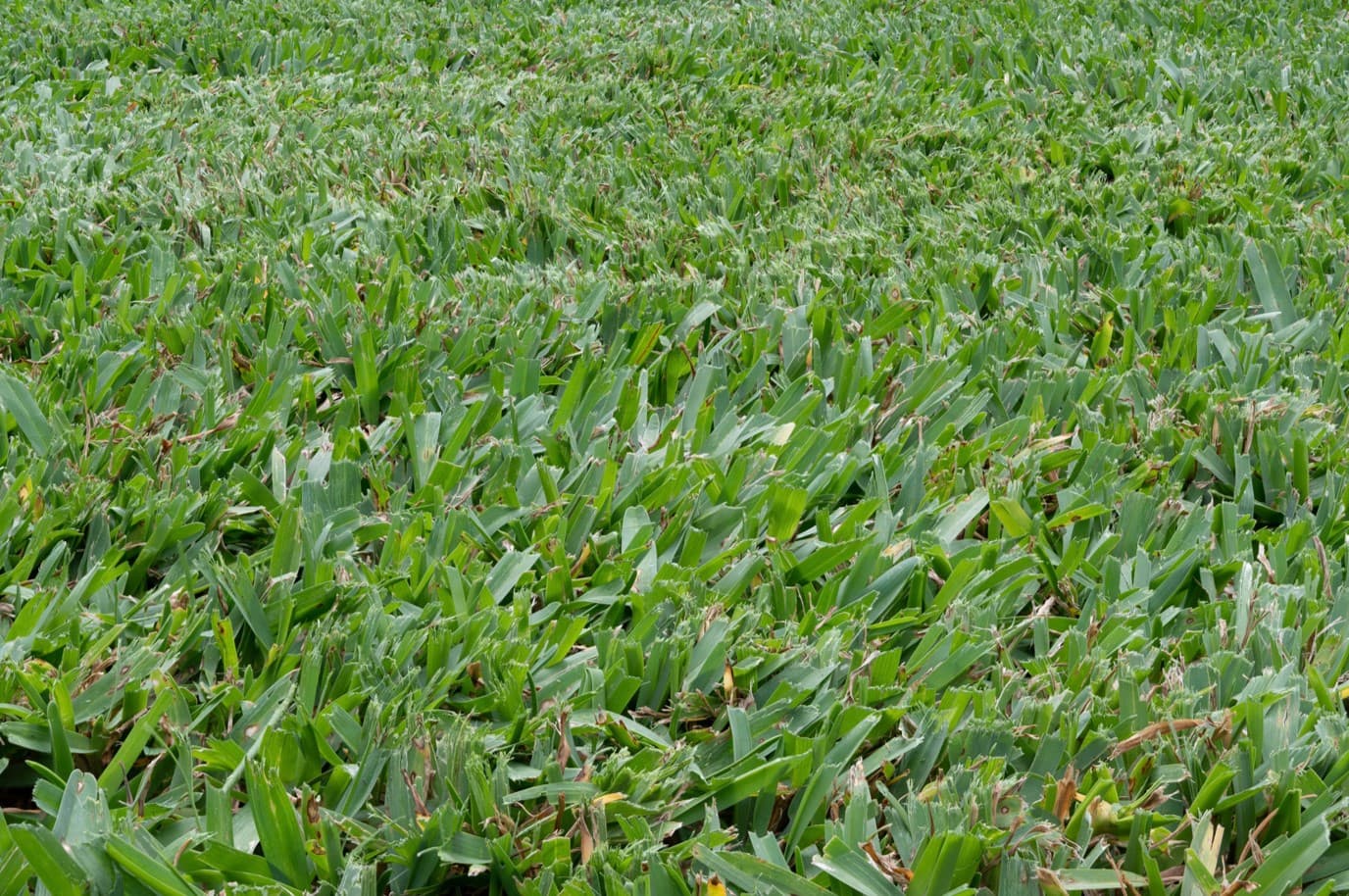
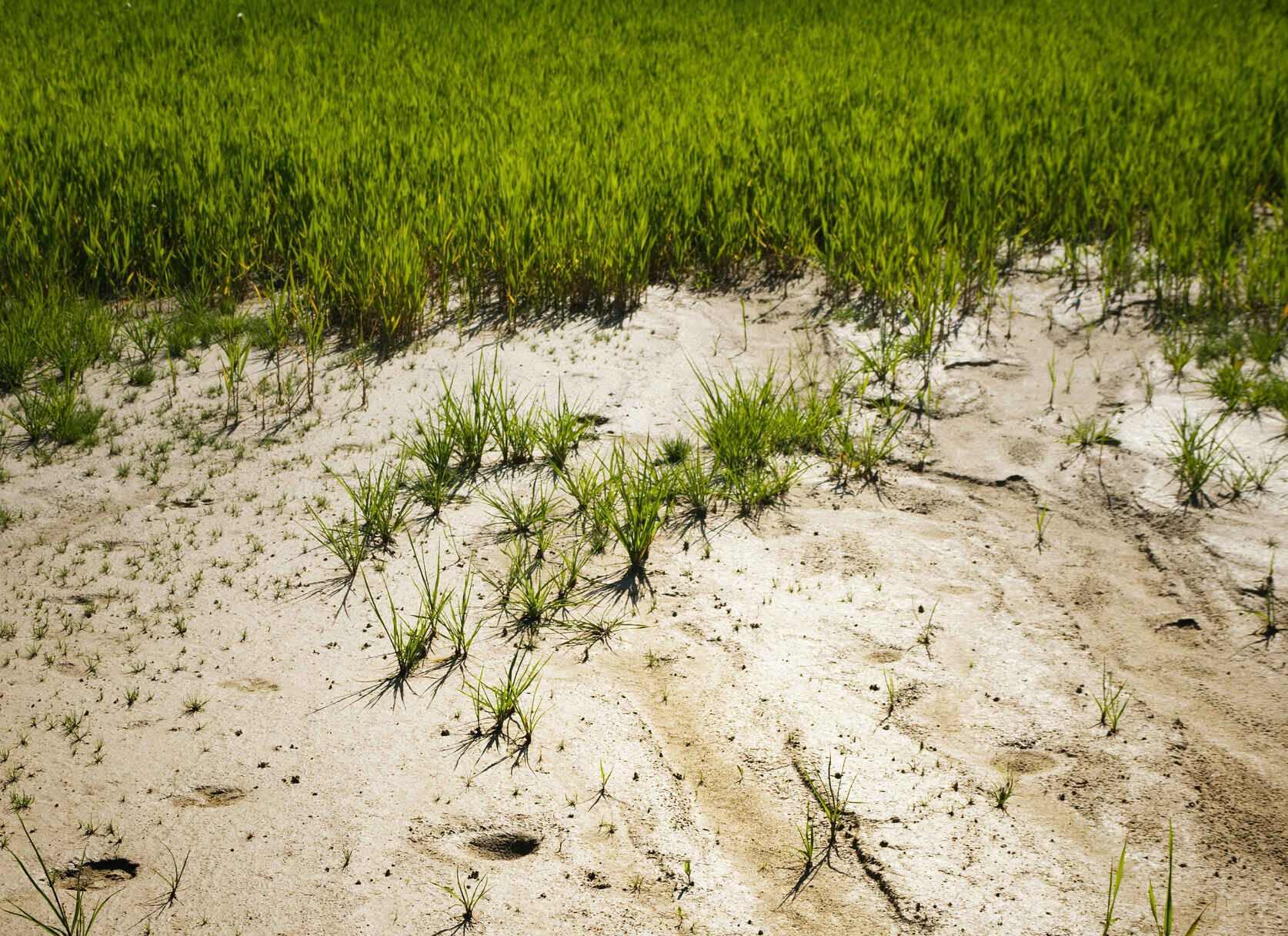

0 thoughts on “How To Grow Grass In Sandy Florida Soil”